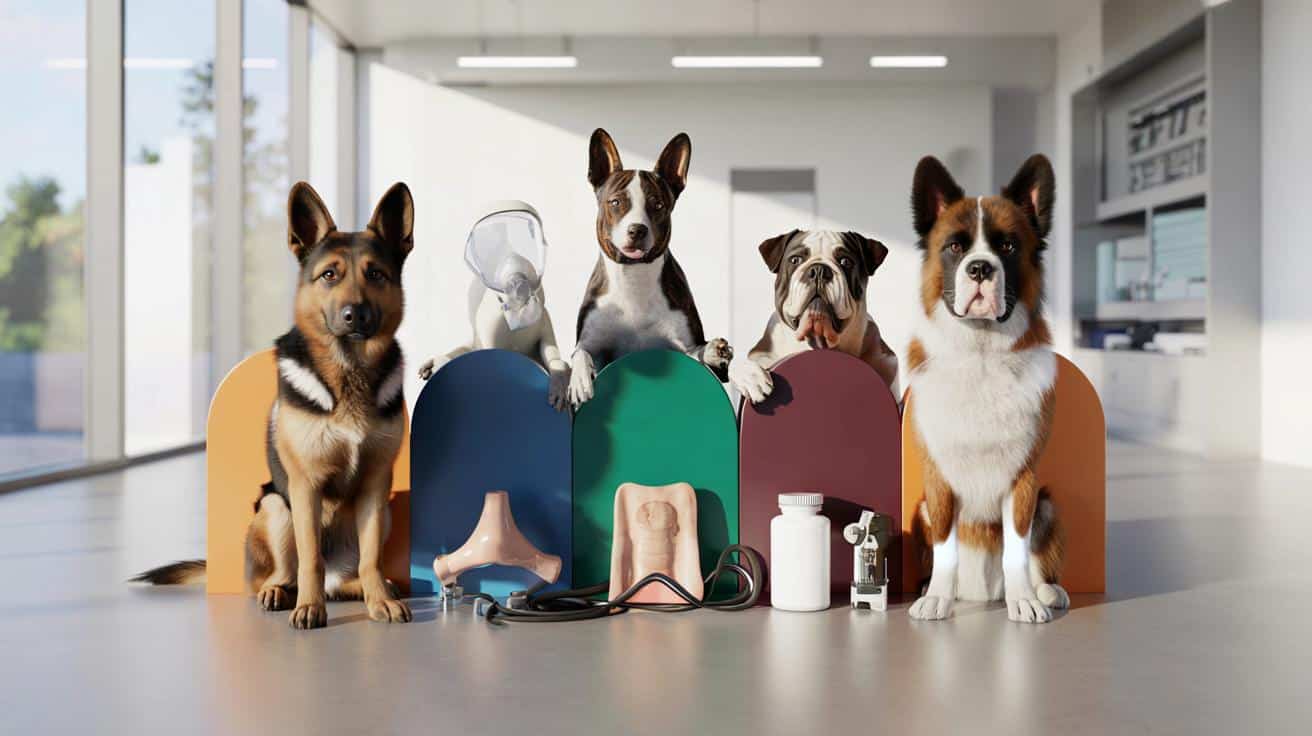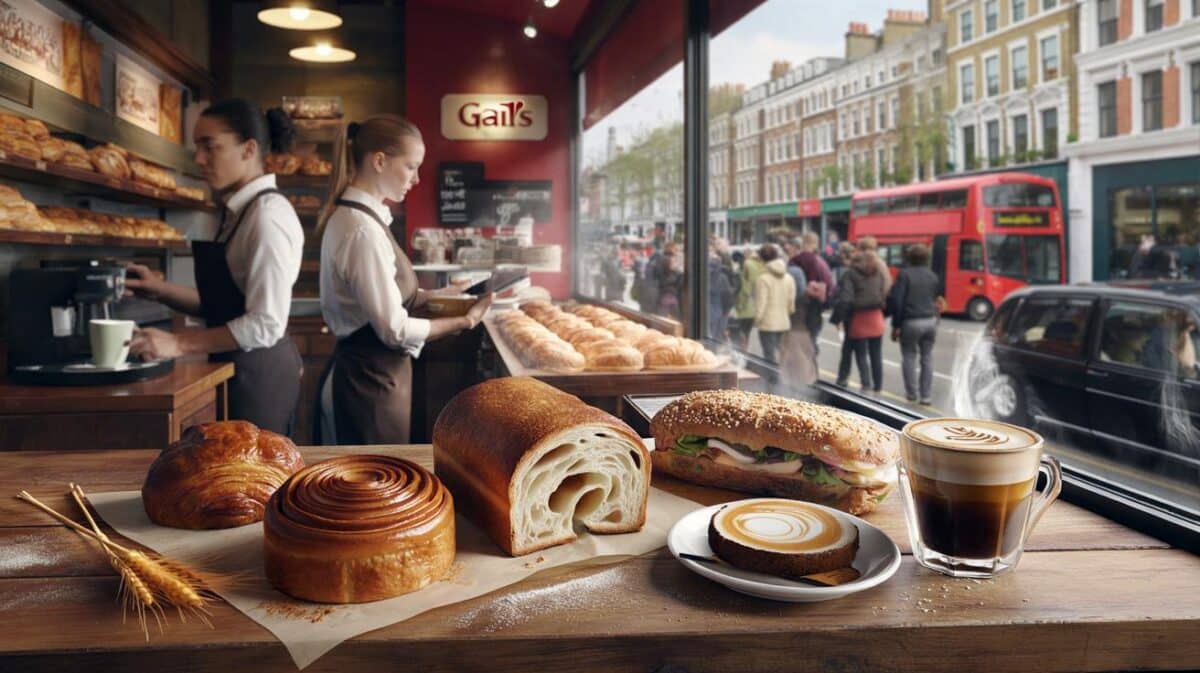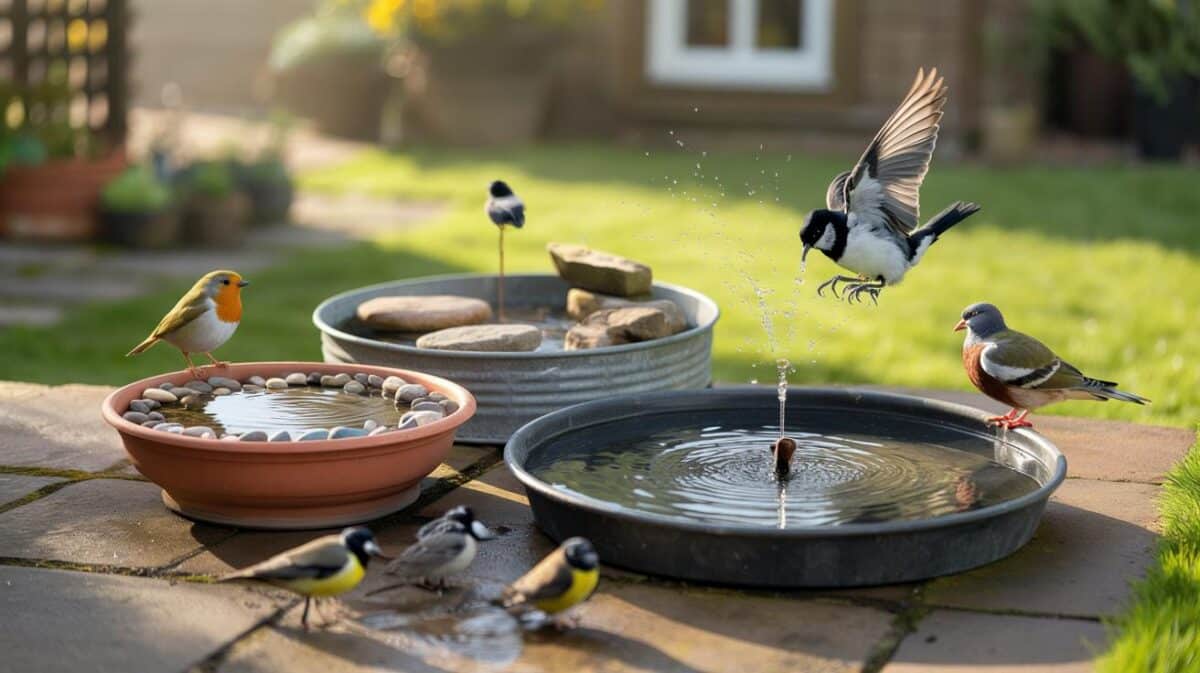A UK vet has reignited a national debate by listing five breeds she would never own, citing behaviour, health and lifestyle fit. Her view does not vilify any dog. It spotlights mismatches that push families to stress, debt, or rehoming.
What sparked the row
With more than 200 recognised breeds in the UK, many owners choose with the heart, then meet the hard edges of genetics, energy and care needs. A practising vet, well known online as Cat the Vet, has laid out five breeds she personally avoids. Her reasons are clear: chronic medical issues, predictable behavioural hurdles, and day-to-day demands that overwhelm busy households.
Breed choice is not about cuteness; it is about matching energy, health, and your budget, every single day.
The five breeds and the reasons
German shepherd
Highly intelligent and driven, the German shepherd excels with structure and purposeful work. Without precise training and serious daily exercise, many become reactive, anxious or over-vigilant. That can mean handling challenges in public, higher insurance, and complex behaviour work. Hip and elbow dysplasia, skin conditions and digestive sensitivities are also widely reported, bringing ongoing costs and careful management.
Flat-faced breeds (pug, French bulldog, boxer and others)
Brachycephalic dogs often struggle with heat regulation and breathing because of shortened skull anatomy. Eye injuries, skin fold infections and dental crowding add to the bill. Owners report snoring and snorting as “normal”, yet these sounds can reflect airway compromise. Corrective airway surgery can cost from around £1,500 to £3,000, while anaesthesia carries extra risk. Many families adore these dogs; the ethical question is whether you want to support a type predisposed to repeated suffering.
If a dog’s look is linked to breathing difficulty or overheating, your wallet and their comfort will both be tested.
Border collie
Collies are brilliant problem-solvers bred to work long days. They need mental tasks as much as miles. Without advanced training, scent games, and multiple outlets, they can fixate, herd moving things, or spin into stress behaviours. For office workers and city flats, the time burden becomes relentless. A good collie life typically demands structured activity several hours a day, not just a brisk walk.
Shar pei
Those famous wrinkles can trap moisture and bacteria, sparking painful skin disease. Eyelid disorders such as entropion are also common and may require surgery. Many Shar Pei show strong, independent temperaments. Pain can tip that independence into grumpiness or conflict. Families must budget for regular vet checks and commit to careful handling and early training.
St Bernard
Gentle and vast, St Bernards bring size-related realities. Food bills are hefty, joint care is lifelong, and heat management is crucial. The drool is not a meme; some owners describe splash zones on walls, floors and upholstery after a single shake. If you prize a spotless home, this mismatch will grate fast. Large-breed insurance can also climb as the dog ages.
At-a-glance risks and daily demands
| Breed/type | Headline concern | Typical daily exercise/mental work | Common veterinary issues | Indicative monthly insurance |
|---|---|---|---|---|
| German shepherd | Reactivity, anxiety if under-stimulated | 90–120 mins + training | Hip/elbow dysplasia, skin, gut | £40–£80+ |
| Flat-faced breeds | Breathing, heat stress, eye problems | Short, cool walks + careful play | BOAS, eye ulcers, skin folds | £50–£90+ |
| Border collie | High drive, needs jobs to do | 120+ mins incl. mental tasks | Orthopaedic strain, compulsive behaviours | £25–£50+ |
| Shar pei | Skin pain, eye issues, complex temperament | 60–90 mins + calm training | Skin infections, entropion | £45–£85+ |
| St Bernard | Size, drool, joint care, heat sensitivity | 60–90 mins, low-impact | Joint disease, bloat risk | £60–£120+ |
Figures are broad UK estimates; premiums vary by age, postcode, policy type and prior conditions.
What this means for first-time owners
The lesson is not “never own these breeds”. It is to price and plan the real workload. Before you choose, ask yourself:
- How many minutes of training and exercise can you guarantee daily, even on winter nights?
- What monthly budget can you ringfence for insurance, food and medication without stress?
- How hot does your home get in summer, and can you keep a dog cool and safe?
- Are you comfortable managing drool, shedding, or regular grooming appointments?
- Do you have access to qualified trainers for early socialisation and behaviour support?
Why vets raise red flags over flat-faced dogs
Shortened muzzles narrow airways and reduce airflow. Heat dissipation is impaired, so a warm car or a sunny garden can be hazardous. Eye globes expose more surface area, so minor bumps can scratch the cornea. Skin folds trap moisture, fuelling infections. Many owners face repeat antibiotics, ongoing ear care, or surgery for the nose and soft palate. Walking at cooler times, weight control, and pet insurance with higher limits are not optional extras; they are basic safeguards.
Time, space and the working brain
Breeds built for tasks, such as collies and shepherds, thrive when work is part of daily life. Think scent trails, obedience drills, fetch with rules, and puzzle feeders. A busy weekday could look like this: 30 minutes of scentwork before breakfast, two 20-minute training bursts, and a controlled 60–90 minute walk with recall and impulse-control games. Without structure, frustration builds fast, and that is when you see barking, herding children, or chewing doors.
Living with giants
St Bernards and similar heavy breeds are wonderfully calm companions, yet everything scales up: food, bedding, transport, medication doses and lifting demands. Consider whether your car, stairs and flooring can cope. Slippery laminate and large, wobbly joints do not mix well. Heatwaves are especially hard on massive, thick-coated dogs. A cooling plan and year-round weight vigilance are vital.
Health-forward buying and safer alternatives
If you love the look of a flat-faced dog, consider longer-nosed alternatives with similar charm, such as a staffordshire bull terrier or a beagle-type cross with robust breathing. If you are drawn to collie smarts, try a mixed-breed with moderate energy from a reputable rescue, paired with a training programme from day one. Ask any breeder for health-test certificates relevant to the breed, meet the dam, and walk away from sellers who rush the handover.
If you cannot meet a breed’s daily needs without excuses, choose again before a dog pays the price.
Two practical exercises before you commit
Run a seven‑day simulation. Set your alarm for early training, go out for the full exercise time, and log the minutes. Track spending on food and an emergency fund top-up. If you cannot maintain the routine for a week, scaling to a decade will be harder. Next, price real insurance quotes for your postcode and the breeds on your shortlist. Look at vet fee limits and exclusions for breathing, joints and skin; cheap policies can leave you exposed when the big bill arrives.
Many families succeed with these five breeds when they match the dog to a realistic lifestyle, stick to training, and budget for healthcare. The vet’s list is not a ban. It is a blunt reminder that affection must sit alongside planning, or the costs — financial and emotional — land on both ends of the lead.








Feels a bit alarmist. Plenty of shepherds and collies thrive with the right work. Are we cherry‑picking worst‑case vet bills? I’d love to see incidence rates (e.g., hip dysplasia, BOAS) vs population, not anecodtes. Otherwise it nudges people to avoid rather than match.